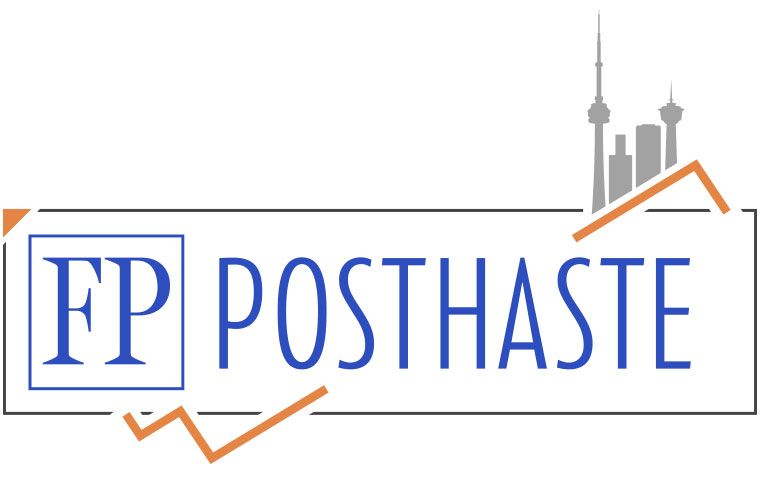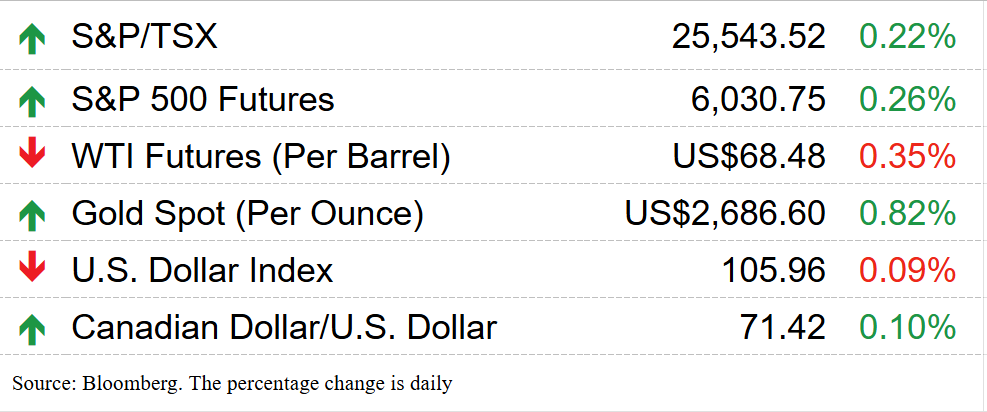Lower interest rates and actions of diligent homeowners mean ‘renewal shock is not as worrisome’
Article content

Article content
Article content
Toronto-Dominion Bank is crediting diligent Canadians with helping the country back away from the edge of a looming mortgage renewal cliff.
Millions of mortgages are up for renewal over the next two years, with economists warning that rising interest rates would squeeze homeowners and ultimately the economy.
But a new analysis from TD Bank found that Canadians are handling the transition to higher mortgage rates better than expected.
Advertisement 2
Article content
“We anticipated that consumers could withstand the sticker shock of renewing historically low-rate mortgages at decade-high rates,” TD Economics said in the report. “A year later, things have gone better than expected.”
TD Bank is now estimating that “aggregate payments,” which represents the “balance of Canadian mortgages outstanding at mid-2024” will fall by 1.2 per cent in 2025, instead of rising by 0.5 per cent, as previously predicted by TD.
The bank called that a “significant easing.”
The sequence of events that led to the mortgage cliff concerns goes back to the early days of the pandemic, when the Bank of Canada cut its benchmark lending rate to 0.25 per cent. Borrowing rates, which are based on the central bank rate, fell in tandem, attracting homebuyers to the market and allowing them to take out loans at a very low cost.
Five years later, those buyers are set to renegotiate their mortgages at higher rates.
MIchael Davenport, an economist at Oxford Economics said 1.2 million mortgages will come up for renewal in 2025, about 17 per cent of total outstanding mortgages worth $350 billion, citing the latest data from Canada and Mortgage Housing Corp.
Article content
Advertisement 3
Article content
At TD, the bank is applauding homeowners who they credit with navigating a borrowing environment that has radically changed over the past few years.
“Households have financial flexibility, much of which is the result of borrowers’ own efforts,” TD said.
It cited two major factors for the easing pressure on homeowners including “looser-than-expected financial conditions.” For example, variable mortgage rates dropped more “due to heightened competition among lenders.”
TD also found that more homeowners switched to fixed-rate mortgages from variable-rate mortgages to ease “payment shock.”
The big bank estimates that 14 per cent of variable mortgages at the end of 2022, representing $520 billion, were switched to either fixed-rate mortgages or were prepaid, meaning homeowners increased payments or paid a lump sum.
“The renewal shock is not as worrisome,” said Maria Solovieva, an economist with TD Economics, who also noted that among those renewing are people who signed up for short-term deals and will likley now renew at a lower interest rate.
TD based its assessment on proprietary national mortgage data mortgage data other assumptions.
Advertisement 4
Article content
Economists at Oxford Economics agree the picture looks less ominous regarding mortgage renewals.
“Faster rate cuts by the Bank of Canada and looser federal mortgage lending guidelines mean the swelling wave of mortgage renewals at higher interest rates now looks less intimidating,” said Tony Stillo, director of Canada economics, and Davenport, in a fourth quarter report on the Canadian housing market.
The economists think the Bank of Canada will cut interest rates by another 50 basis points when it next meets on Dec. 11 adding a fifth consecutive trim to this easing cycle, which started in June when rates stood at five per cent. They currently sit at 3.75 per cent. The Oxford team expects rates to land at 2.25 per cent by June 2025.
Despite the drop in interest rates, Stillo and Davenport don’t think fixed rates for mortgages have much further to fall.
They noted the average five-year fixed rate fell to 5.4 per cent October, down 100 basis points from its high in last 2023.
“We think it will hover in this range through mid-2025, before rising bond yields and slightly tighter monetary policy cause it to edge higher in 2026,” they said.
Advertisement 5
Article content
Back at TD, better-prepared consumers could be free to boost consumption and economic growth.
“Indeed, if the savings from reduced sticker shock are funnelled into spending, annual average nominal consumption growth could see a boost of up to 1.6 percentage points in 2025, even as population growth moderates,” the bank said.
Sign up here to get Posthaste delivered straight to your inbox.


Former Bank of Canada governor Mark Carney says that Canada has experienced “failures of execution” when it comes to immigration policy in recent years, taking in more people than the economy was able to handle.
The federal government recently announced changes to its immigration targets for the next three years, reducing the number of newcomers by 21 per cent to 395,000 in 2025 and 380,000 in 2026. The target for 2024 was about 500,000.
The federal government’s shift in immigration policy followed polling that suggested Canadians’ views on immigration were shifting. In October, a poll by the Environics Institute in partnership with Toronto Metropolitan University, reported a majority of Canadians wanted less immigration for the first time in 25 years. — Jordan Gowling, Financial Post
Advertisement 6
Article content
Find out more here.

- Today’s data: Statistics Canada releases third-quarter GDP.



Recommended from Editorial
-

Posthaste: Renters rejoice, relief may be on the way
-

Posthaste: Canadians’ debt hits new record

One of the best ways to achieve success in the stock market is to look for “compounders,” that is, companies that have the ability to earn high returns and then earn high returns on those high returns. Most investors have some understanding of the concept of compounding interest, or earning interest on interest. A compounding stock is a beautiful thing, writes Peter Hodson. Keep reading to find out how to identify these investment gems.
Wealth builders
This millennial couple has a wealth goal of $5 million, but they could save their way to 20 times that — or more. Read more on how Evangeline, 39, and Noah, 41, who own their own business and have investable assets of $461,000, could leverage compounding to grow their savings significantly.
Advertisement 7
Article content
McLister on mortgages
Want to learn more about mortgages? Mortgage strategist Robert McLister’s Financial Post column can help navigate the complex sector, from the latest trends to financing opportunities you won’t want to miss. Read them here
Financial Post on YouTube
Visit Financial Post’s YouTube channel for interviews with Canada’s leading experts in economics, housing, the energy sector and more.
Today’s Posthaste was written by Gigi Suhanic, with additional reporting from Financial Post staff, The Canadian Press and Bloomberg.
Have a story idea, pitch, embargoed report, or a suggestion for this newsletter? Email us at posthaste@postmedia.com.
Bookmark our website and support our journalism: Don’t miss the business news you need to know — add financialpost.com to your bookmarks and sign up for our newsletters here.
Article content
Canada steps back from mortgage renewal cliff, TD Bank says
2024-11-29 13:00:16







